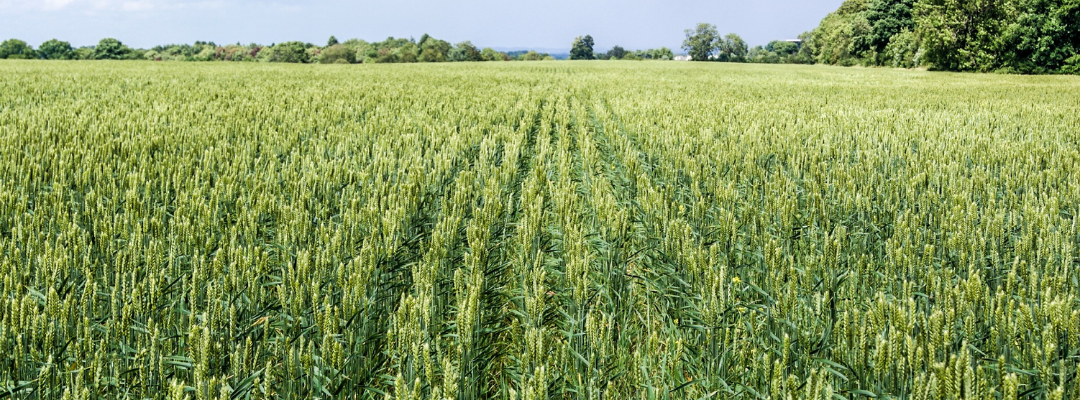In a year like 2022 evaluating profitable input application rates is extremely important but inputs that require ongoing application through the season can be difficult to evaluate. Crop and input prices change through the year, so each input application is an individual decision that is also part of the greater profit maximizing strategy. Consider producing irrigated corn in northern Texas.
With December futures trading at $7.31/bu., and the average basis in the region ($0.50/bu.), we’ll assume a producer can lock in $7.81/bu. At this point in the production calendar, recommended practices assume 9 acre-inches (AI) of irrigation have been applied to-date, which represents a sunk cost. With a high cost for natural gas (the primary irrigation fuel in the region), what is the most profitable irrigation amount for the rest of the season? Standard production practices for the remainder of the season call for irrigation at a rate of 6 AI in July, 5 AI in August, and 2 AI in September, totaling 22 AI for the year. The current futures price of the corresponding natural gas contracts is $6.94/MMBtu, $6.906/MMBtu, and $6.86/MMBtu, respectively, yielding a weighted average irrigation cost of $6.92/MMBtu. Given typical irrigation technologies in the region, once acre inch of irrigation typically requires one MMBtu, so the weighted average cost per acre inch for the rest of the season will equal roughly $6.92/AI.
The Marginal Cost (MC) of each additional AI remains the same ($6.92/AI, orange line) for producers who lock in their irrigation needs today in terms of weighted average. Using the regional irrigation yield curve (green line), we can estimate the incremental benefit, Marginal Revenue (MR, blue line), of each AI beyond the 9 AI already applied (e.g. 1 additional AI = 10 total acre-inches). Corn yield response is positively related to irrigation to a point but begins to lag and eventually declines with increasing application. As the yield response fades, Marginal Revenue (MR) diminishes.
Using the rules of MR and MC (MR=MC is max profit, MR < MC is a loss per unit, MC < MR is increasing returns per unit), we can see that max profit occurs at approximately 7.5 additional AI for the remainder of the season, totaling 16.5 AI for the year. A function of very little yield response from additional irrigation after 16 AI, the outcome suggests that the most profitable irrigation amount may be less than the recommended 22 AI per year. However, it is critical to talk to your agronomist and consider factors tangential to yield like test-weight and changes in expected weather conditions when making input decisions.

Benavidez, Justin. “To Irrigate or Not to Irrigate?“. Southern Ag Today 2(26.3). June 22, 2022. Permalink











